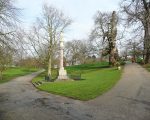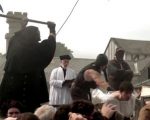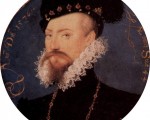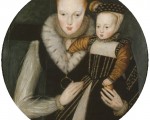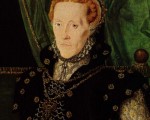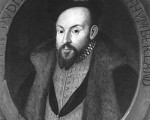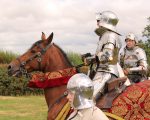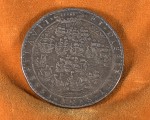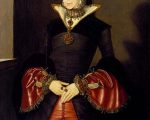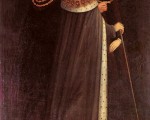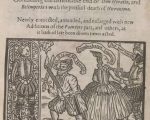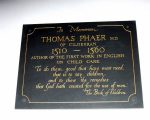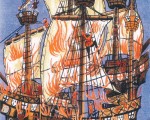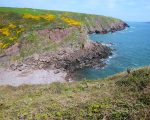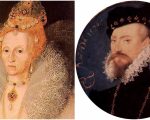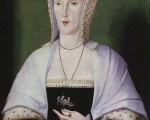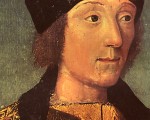For Part II of the Annes of Cleves, we’ll learn a little bit more about Henry VIII’s fourth wife, Anne of Cleves; her niece, Anna of Cleves; and Anna, Duchess of Cleves. Throughout the article, I will address them as Anne, Anna of Cleves, and the Duchess, so as to help in understanding who is who.
Anne of Cleves, born in 1515 in Germanic territories of the Holy Roman Empire, married Henry VIII of England in 1540. Her marriage to the King lasted only about six months before he divorced her. Due to Anne’s congeniality, Henry settled a good income and several properties on Anne. She remained in England until her death in 1557, where she enjoyed a relationship with Mary I of England, who was only six months Anne’s junior, and with Elizabeth I of England. Elizabeth and Anne rode together in the chariot just after Mary I’s during Mary’s triumphant ride through London as the new queen. Sadly, Anne passed away just over a year before her other stepdaughter, Elizabeth I, become queen.
[Read More...]
